What Causes Flat Spots on Tires and How to Prevent Them
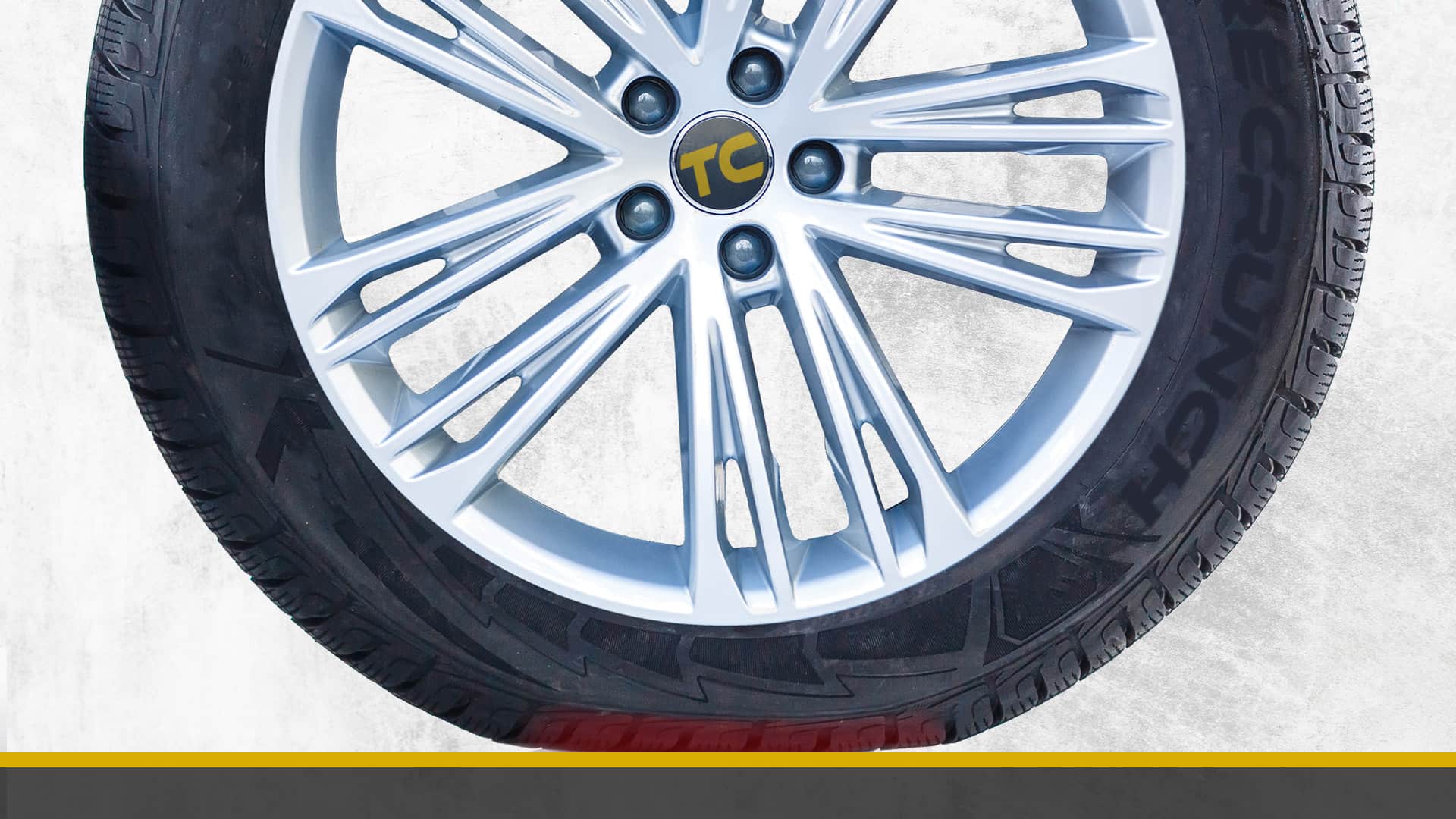
We’ve all been there – after leaving your car parked for a few days or even just overnight, you feel an unusual vibration coming from the steering wheel.
This is called flat-spotting and it occurs when a tire sits motionless under vehicle load for an extended period, causing a section of the rubber to flatten out and become misshapen.
In this blog post, we’ll go over what causes flat spots on tires, how to prevent them, and ways to fix them if they occur. So buckle up and let’s get started!
Key Takeaways
What Causes Flat Spots On Tires?
Flat spots on tires can be caused by long periods of parking, sudden braking, cold weather, and improper storage.
Long Periods Of Parking
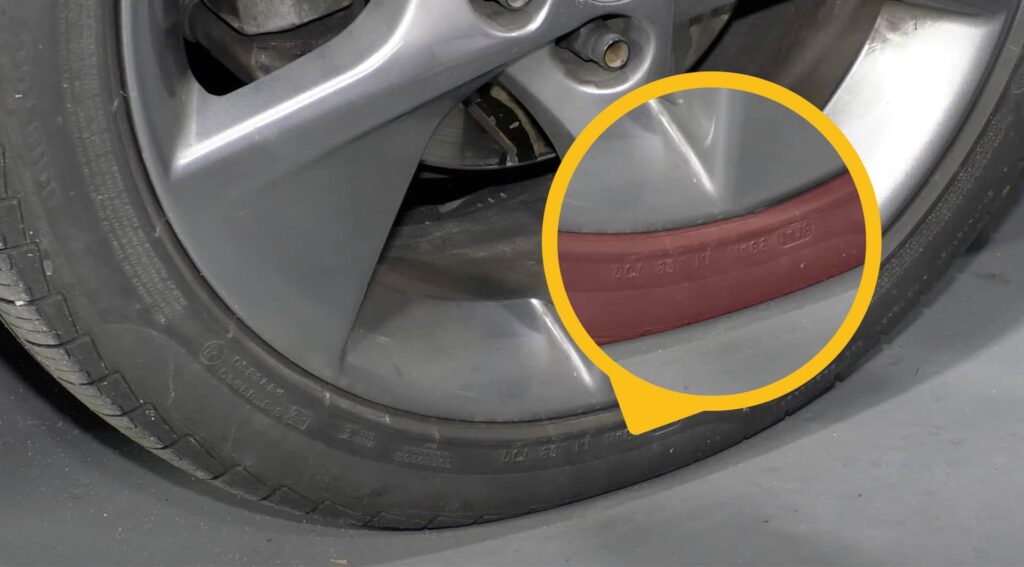
Leaving your car parked for extended periods of time can lead to the development of flat spots on your tires. When the weight of the vehicle is left pressing down on one spot for too long, it can cause a temporary or even permanent deformation in the rubber tread.
Hard Braking
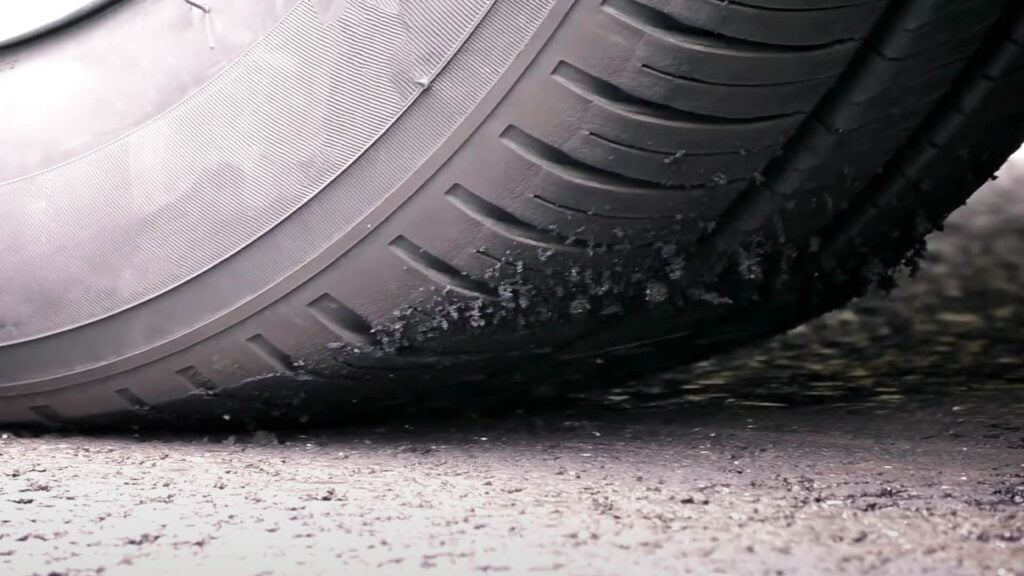
Hard Braking is a significant cause of flat spots on tires, especially with high-performance vehicles. The force generated by an abrupt stop can create uneven wear on the tires’ contact patch and develop flat spots. This problem is amplified when the vehicle is heavily loaded.
Cold Weather
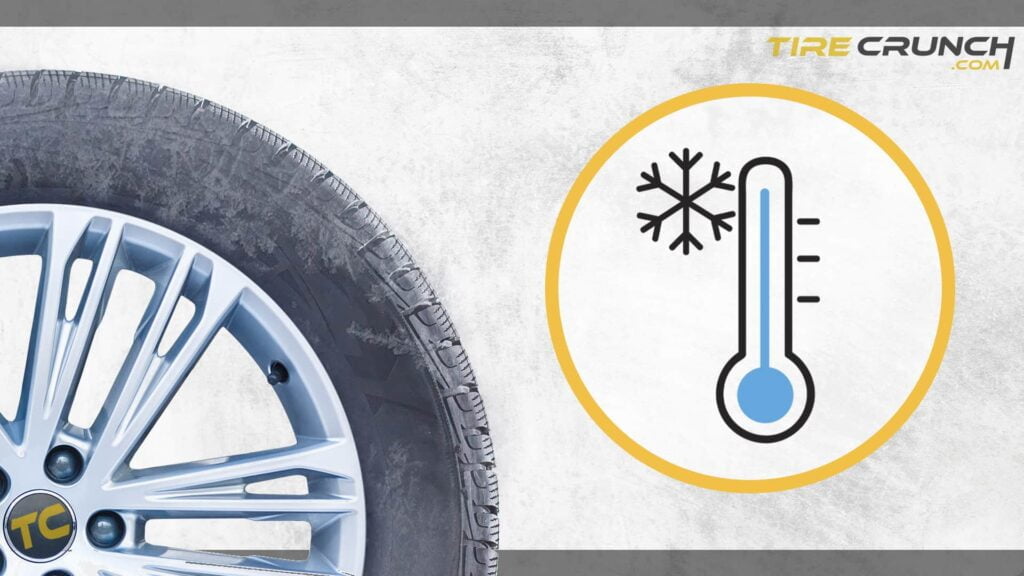
Cold weather is a major culprit when it comes to flat-spotting on tires. As temperatures drop, the rubber compounds in the tire tread stiffen, causing them to develop flat spots more easily. This is particularly true for high-performance and low-profile tires that have wider footprints and less cushioning.
Extended periods of cold weather can cause even more damage to your car's tires. Lower ambient temperatures can lower tire pressure by as much as one pound per square inch (PSI) for every 10°F drop in temperature.
This means that if you leave your car parked overnight during a particularly cold week, your tires could be up to 5 PSI under normal levels, increasing the risk of developing flat spots when driving in the morning.
Types Of Flat Spots
There are two types of flat spots: temporary, which can be fixed through driving the vehicle and tire rotation, and permanent, which require professional balancing or even tire replacement. Keep reading to learn more about preventing and fixing flat spots on your tires for a smoother ride.
1. Temporary Flat Spots
Temporary flat spots are usually the most common type of flat-spotting on tires. They occur when a parked car sits in one place for an extended period, causing the weight to compress the rubber in a small area. When you drive the vehicle again after it has been parked, it takes some time for your tires to heat up and return to their original shape.
Temporary flat-spots often go away once your tires warm up from driving at normal speeds.
Related Reading: What Is Temporary Tire Flat-Spotting? | Tirerack.com
2. Permanent Flat Spots
Permanent flat spots are a result of severe cases of flat-spotting on tires. These flat spots can cause unusual vibrations and noise while driving, as well as uneven tire wear and reduced tire lifespan.
Signs And Effects Of Flat Spots
1. Vibration And Noise While Driving
Flat spots on tires can cause vibration and noise while driving. This is because the flat areas of the tire create an uneven contact patch with the road, leading to vibrations that are transmitted through the steering wheel and felt throughout the vehicle. The noise produced by flat spots can be a rhythmic thumping sound, similar to what is heard when driving with unbalanced or damaged wheels.
If your vehicle has been parked for a long time, it's important to check for tire flat spots before hitting the road.
2. Reduced Tire Lifespan
When flat spots develop on tires, the lifespan of these wheels can be significantly reduced. Why? Because driving with flat-spotted tires causes excessive vibration and misalignment that wears down the tire treads quickly.
3. Safety Concerns
When it comes to flat spots on tires, safety concerns naturally come into play. One of the most significant potential dangers is increased risk for accidents due to uneven tire wear and vibrations. These issues can lead to decreased control over the vehicle, making it harder to steer effectively or respond quickly in emergency situations.
Preventing Flat Spots On Tires
1. Proper Tire Inflation
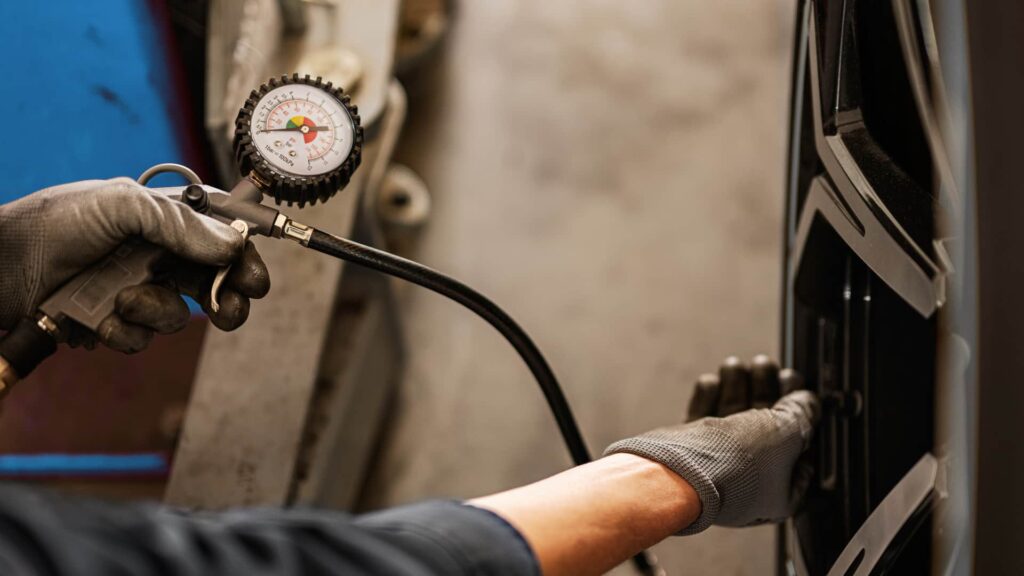
Maintaining proper tire inflation is crucial in preventing flat spots on your tires. This means ensuring that your tires are inflated to the manufacturer’s recommended pressure levels at all times.
Drivers should also maintain their car's recommended air pressure levels and replace damaged or old tires promptly.
2. Use Of Tire Cradles During Storage
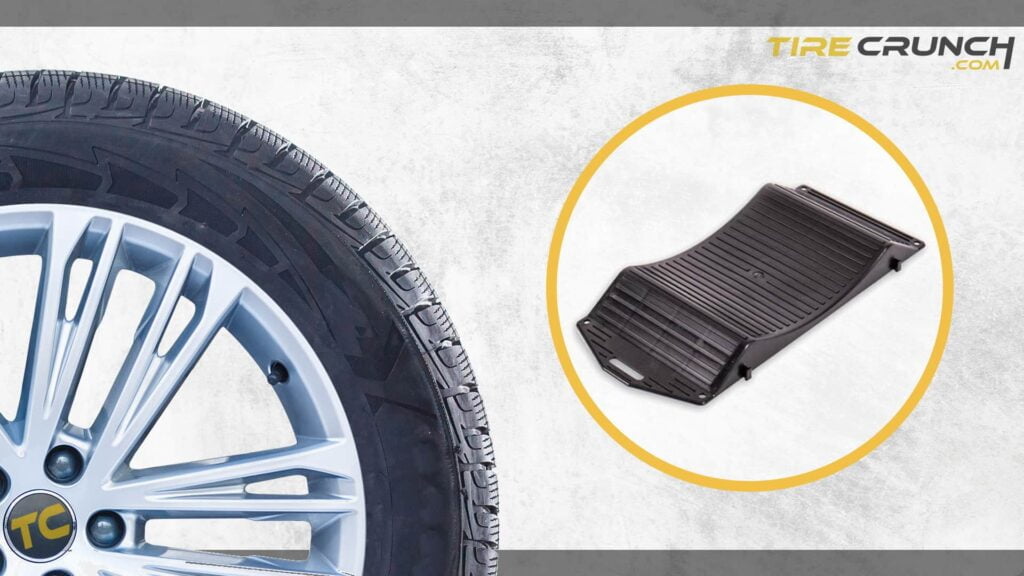
One way to prevent flat spots on tires is by using tire cradles or jacks. These devices help keep the tires in a round shape, reducing the risk of flat spots developing during extended periods of parking.
Tire cradles work by securing the tires in place and minimizing weight distribution on one area of the tire. They are particularly useful for RVs and trailers that often remain stationary for long periods.
3. Regularly Driving / Moving The Vehicle
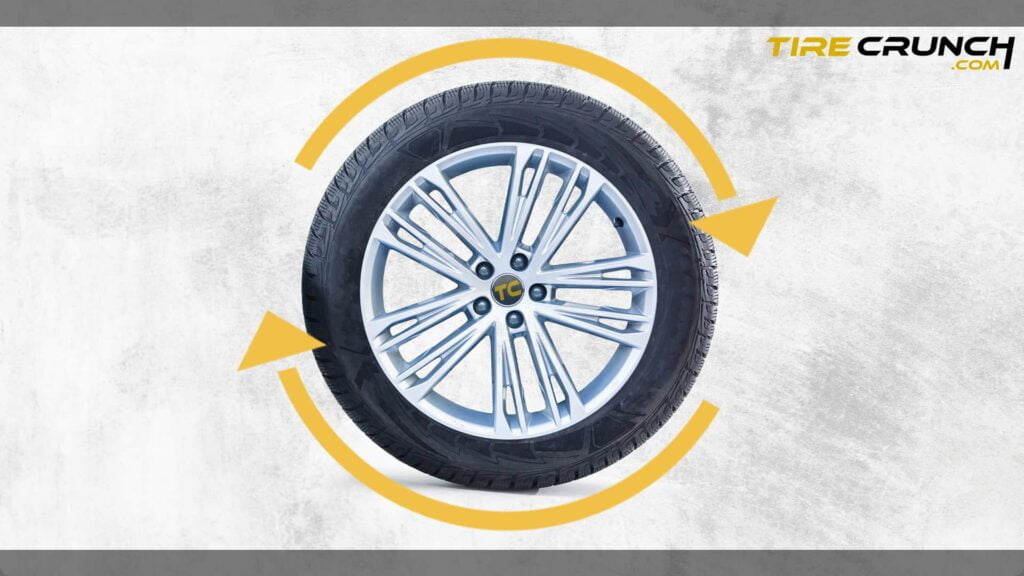
Regularly driving your vehicle is one of the simplest and most effective ways to prevent flat spots on tires. By keeping your car in motion, you are helping to distribute the weight of the vehicle evenly across all four tires.
If you won’t be driving your vehicle for long periods of time, the best way to avoid developing flat spots on your tires is by regularly moving your car every few weeks. This helps to avoid a prolonged period of pressure being exerted on any single spot, which can lead to temporary or permanent flat spots.
In addition, regular driving helps to keep your tire tread in good condition by preventing it from becoming stiff or developing cracks due to extended periods of non-use.
How To Fix Flat Spots
Final Words: Maintaining Tire Health For Smooth Rides
In conclusion, flat spots on tires can be a real headache for any driver. From the annoying vibration and bumping noise to uneven tire wear and reduced lifespan of your tires, it is essential to take preventative measures to maintain their health.
Don’t let neglected maintenance cause unsafe driving conditions – prioritize your vehicle’s tire health for smoother rides ahead!
FAQs
What are flat spots on tires and how do they occur?
Flat spots on tires refer to areas of the tire that have become significantly flattened due to prolonged periods of parking or storage in one position, causing vibrations when driven at high speeds. This can occur when a vehicle is parked for an extended time without being moved or if it’s exposed to extreme temperatures during storage.
Can flat spots be fixed and how?
In some cases, mild flat spots may disappear as the tire returns to its normal shape while driving. However, severe cases require professional attention from a tire specialist who may recommend rotating or replacing the affected tires entirely depending upon damage levels incurred.
